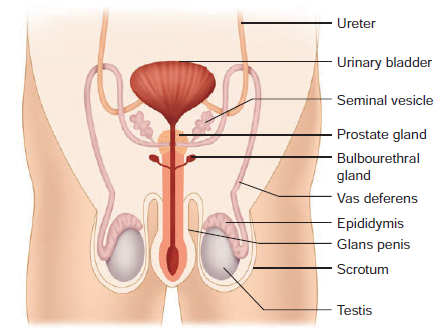Levels of Structural Organization in Animals
Animal Diversity • Basic ConceptsUnderstanding unicellular, colonial, and multicellular organization patterns with examples and evolutionary significance
Key Concept:
Structural organization refers to how cells are arranged and function together in organisms, progressing from simple unicellular to complex multicellular systems through evolutionary adaptations.
1. Unicellular Organization
Definition:
Single-celled organisms where all life functions (nutrition, respiration, reproduction) are performed by one cell.
Examples:
- Amoeba proteus: Moves via pseudopodia, engulfs food (phagocytosis)
- Paramecium caudatum: Uses cilia for movement, has oral groove for feeding
- Euglena viridis: Mixotrophic (photosynthesis + phagocytosis), has flagellum
Characteristics:
- High surface area to volume ratio for efficient diffusion
- All organelles work within single plasma membrane
- Reproduction primarily asexual (binary fission, budding)
- Contractile vacuoles for osmoregulation in freshwater species
2. Colonial Organization
Definition:
Groups of genetically identical cells living together but showing little differentiation or coordination.
Examples:
- Volvox globator: Hollow spherical colony of 500-60,000 chlamydomonas-like cells
- Pandorina morum: 8-32 celled colony with reproductive specialization
- Proterospongia: Rare freshwater protozoan showing proto-metazoan characteristics
Evolutionary Significance:
- Demonstrates primitive division of labor (somatic vs reproductive cells)
- Shows intercellular communication through cytoplasmic bridges
- Represents transitional form between unicellular and multicellular life
3. Multicellular Organization
Definition:
Organisms composed of many differentiated cells that coordinate to form tissues, organs and organ systems.
Simple Multicellularity:
- Sponges (Porifera): Cellular level organization
- Hydra (Cnidaria): Tissue level organization
- Planaria (Platyhelminthes): Organ level organization
Complex Multicellularity:
- Earthworm (Annelida): Organ system level
- Frog (Chordata): Complete organ systems
- Humans (Mammalia): Highest specialization
Key Advantages:
- Division of labor allows for specialization
- Larger body size possible
- Longer lifespan (cells can be replaced)
- Greater environmental adaptability
Comparative Analysis
| Feature | Unicellular | Colonial | Multicellular |
|---|---|---|---|
| Cell Number | Single | Few to thousands | Millions to trillions |
| Cell Differentiation | None | Limited (somatic/reproductive) | Extensive (200+ cell types in humans) |
| Lifespan | Short (hours-days) | Moderate (days-weeks) | Long (years-centuries) |
| Example | Amoeba | Volvox | Homo sapiens |
Exam Focus: Key Facts & Common Questions
Must-Know Facts:
- Boundary Case: Trichoplax adhaerens (simplest known animal) has 4-6 cell types
- Exception: Some unicellular organisms like acetabularia can grow up to 10cm
- Evolution: Multicellularity evolved independently at least 25 times
- Largest Cell: Caulerpa taxifolia (algae) is single-celled but meters long
Previous Exam Questions:
- “Compare the structural organization of Volvox and Hydra with respect to cellular differentiation” (2022)
- “How does surface area to volume ratio limit unicellular organism size? Explain with examples” (2021)
- “Discuss the evolutionary significance of colonial organization in animals” (2020)
- “Differentiate between cellular, tissue and organ level organization with suitable diagrams” (2019)

